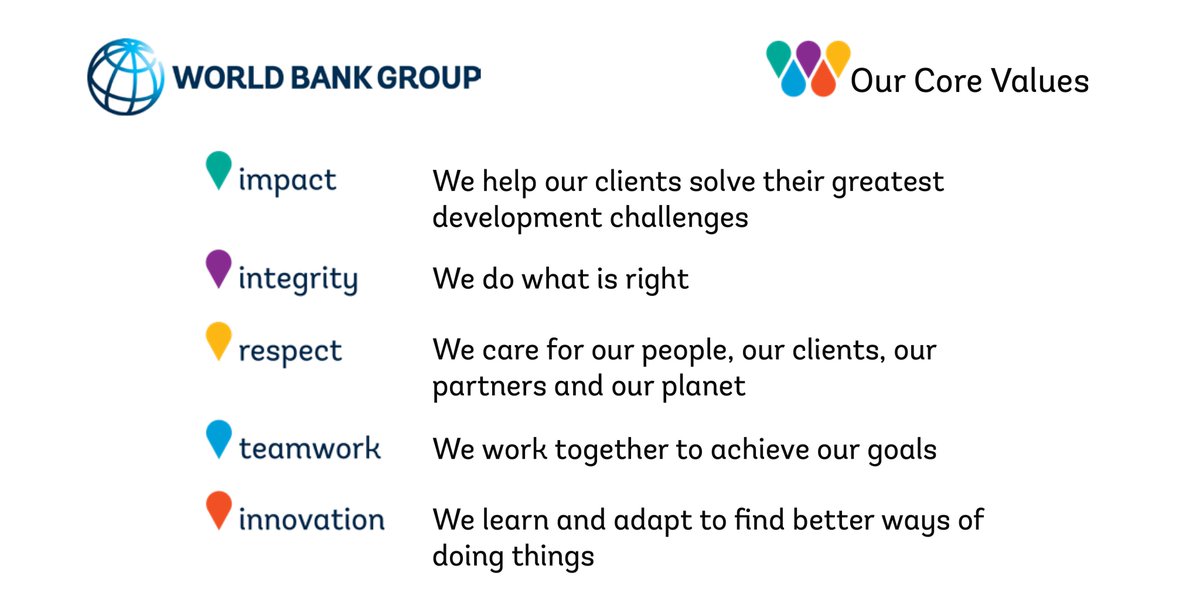
I’d prefer to say that brains receive, process, and perhaps broadcast consciousness. Solms is with the mainstream materialist cohort in thinking that consciousness is a function of brain activity. The market is awash with books expressing blithe optimism that neuroscience is about to tell us what consciousness is, why it’s there, and how it is generated. Though there’s too much dissonance with the archaeological record to convince me, it’s a fascinating thesis, supported by a dizzying range of references, and Jaynes is a brave and swashbuckling writer. Often parodied, seldom read, Jaynes argues that (for instance) the voices of the gods in the heads of the Homeric heroes were really the voices of one compartment of the mind, overheard by another, and that true modern consciousness arose when the wall between those compartments dissolved.

The Origin of Consciousness in the Breakdown of the Bicameral Mind by Julian Jaynes

What is a thriving human? For Shaw, as for Upper Palaeolithic hunter-gatherers, it’s something that has a human body, which defines its position by reference to everything else in the world rather than by reference to itself, and which gets a good part in the local story.ģ. The earth, like everything, has agency, and it wants us to audition for parts in its constantly evolving stories. Shaw knows how stories seep out of the earth.
What ethics means to me how to#
It’s a tale of how to be claimed by a place, and about how we’re dying because (being stories ourselves) we need good stories as we need clean air, and yet we’re offered only the tawdry stories of material reductionism and the free market – stories which literally de-mean us. Very few books about the wild are wild, and so very few are worthy of their subject. The Matter With Things is a devastating assault on the view that there is only matter (whatever that is), and that consciousness can emerge from a conglomeration of unconscious units. A follow-up to McGilchrist’s epic The Master and His Emissary, which explored the way in which our perception of the world, and of ourselves, is influenced by – or is – the conversation or stand-off between the two cerebral hemispheres. The Matter With Things by Iain McGilchristĪ massive book and a massive achievement. Here are a few of the books I took along the road. Though many mysteries have deepened and multiplied, I think I’ve got some idea of the sort of animal you are and I am. I’m now a bit less queasy than I was about saying “I love you”.

These were the Upper Palaeolithic (the vast majority of our history: we’re still really hunter-gatherers, even if we wear a suit and sit slumped in front of a laptop), the Neolithic (when we caged the natural world and ourselves), and the Enlightenment (when the universe, previously seen as fizzing with consciousness, was declared to be merely a machine). I thought the best way to address them was to go on a journey back through the human story, pausing and immersing myself, using a kind of archaeological method acting, in three pivotal ages – ages when seismic shifts in human self-understanding occurred.

So we’re back to the first problem.Īll these questions worried me sick. I expect, if you’re asked what “you” are, part of your answer would involve saying that you were human. When you say “ I love you”, or “ I‘m afraid”, how confident are you about wielding that mighty and mysterious pronoun? Are you as confident as modern neuroscientists that “you” are just the chemical events that happen in your brain? Does that explanation satisfy you? And then there’s the problem of personal identity.


 0 kommentar(er)
0 kommentar(er)
